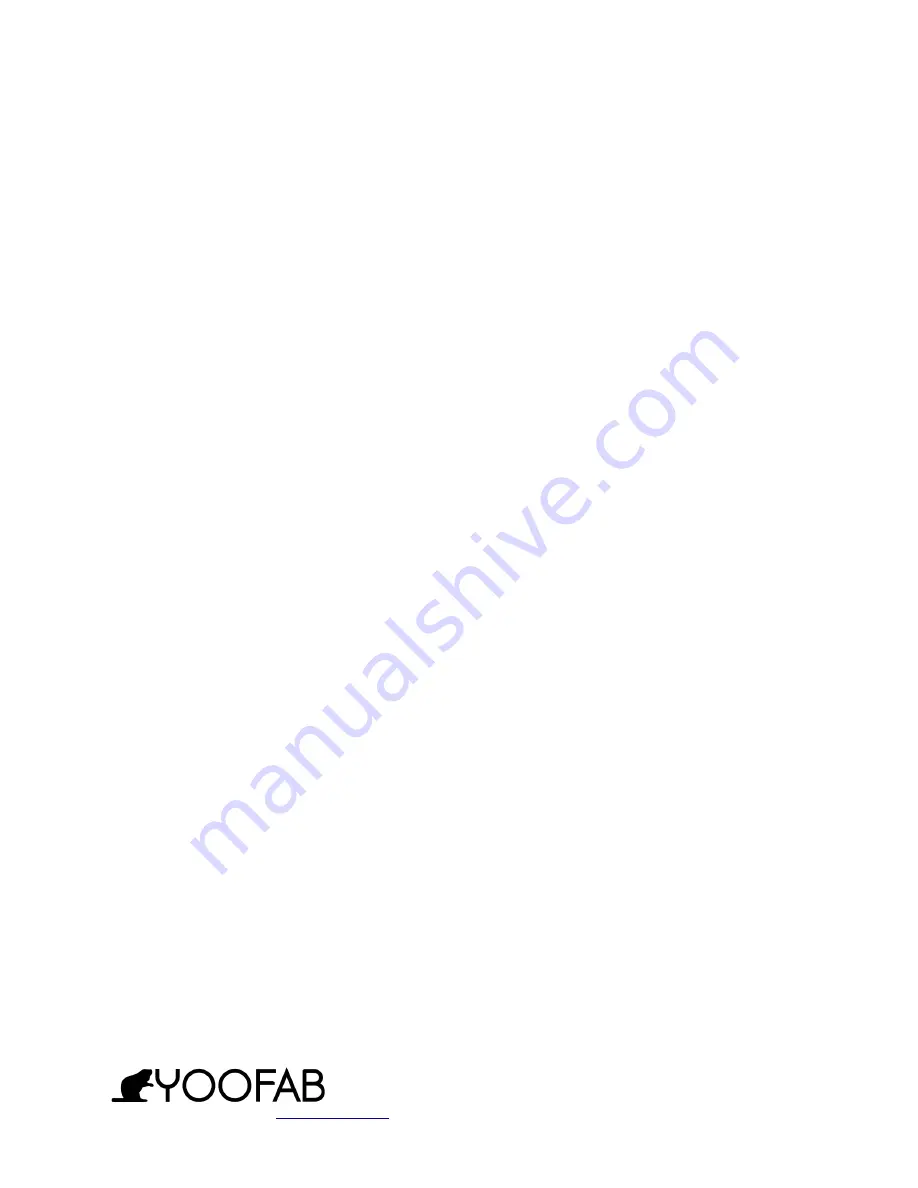
Notes On Soldering Single Sided Surface Mount Boards
1. Surface-mount construction method construction method is favoured by many RF
design engineers.
2. This Printed Circuit Board is designed with care using RF design principals and
should permit somebody with soldering skills to successfully complete the board.
3. You are strongly advised to use a high quality, low voltage temperature controlled
iron. This will help ensure success by allowing you to select the correct
temperature for the job.
4. You are also strongly advised to
use 60/40 solder and not Silver solder
, which
requires more heat.
5. This style of design is related to both 'messy or ugly' styles and to 'dead-bug'
style. However, unlike the aforementioned prototyping methods, this is a Printed
Circuit Board with ample ground plane and wide tracks.
6. The layout of this PCB permits assembly of a great-looking finished circuit with a
high build quality, where the guess-work is removed and which is durable.
7. When compared to a through-hole board with vias and tented thermals, soldering
is somewhat easier, as nothing is hidden. However, we need to be aware that
components will only tolerate heat for a short time. Indeed, time is probably more
significant here than is temperature,
up to a point.
8. We will solder component leads directly onto the copper tracks and ground
plane of the printed circuit board.
9.
60/40 solder melts at 188 C.
This is a plastic state and makes a poor
connection, dull in appearance. This is often referred to as a 'cold joint'. We must
use a temperature above 188 C.
ASSEMBLY INSTRUCTIONS
RFLEGO Active Antenna Receiving Loop
page 17 of 66















































